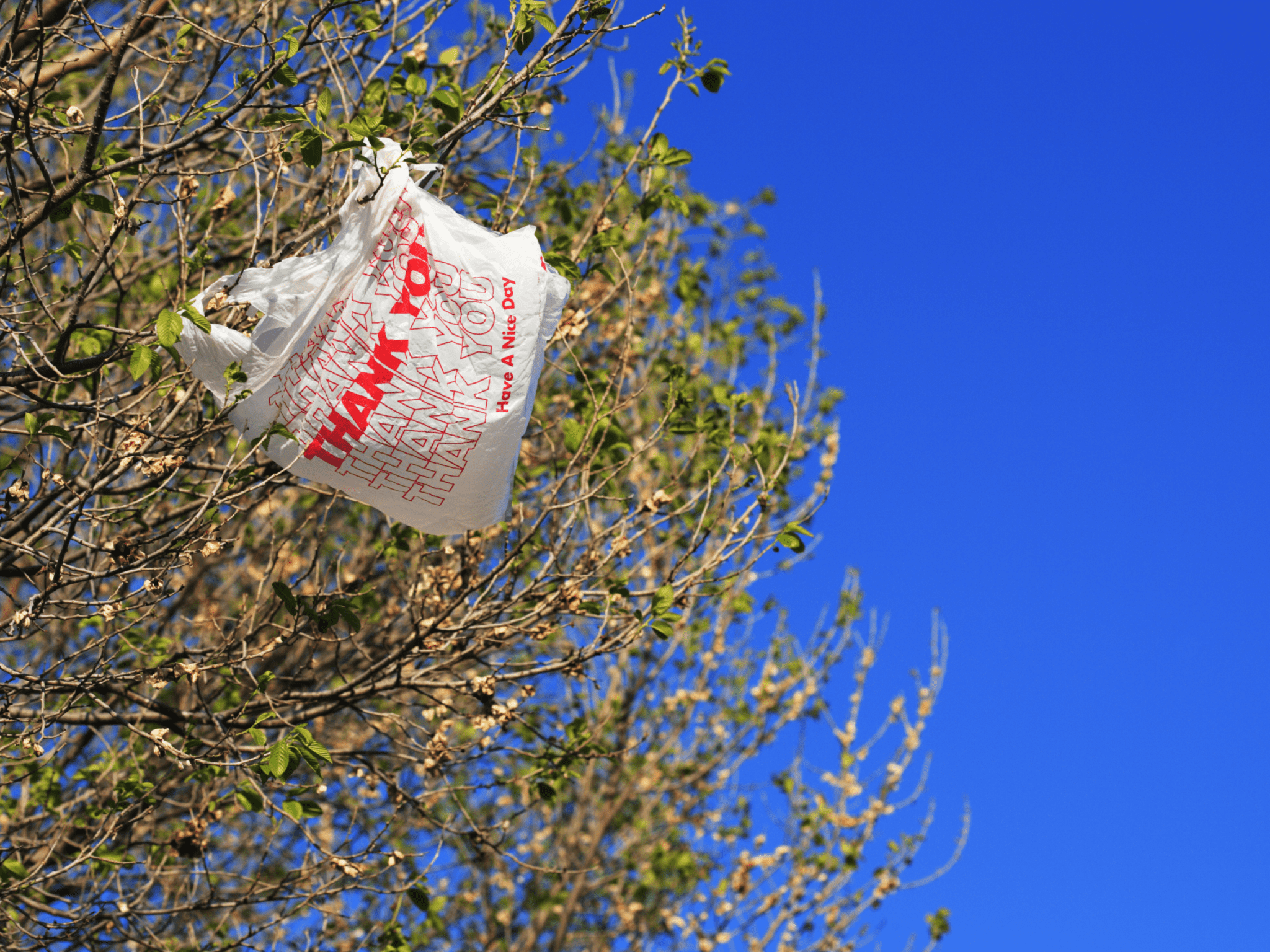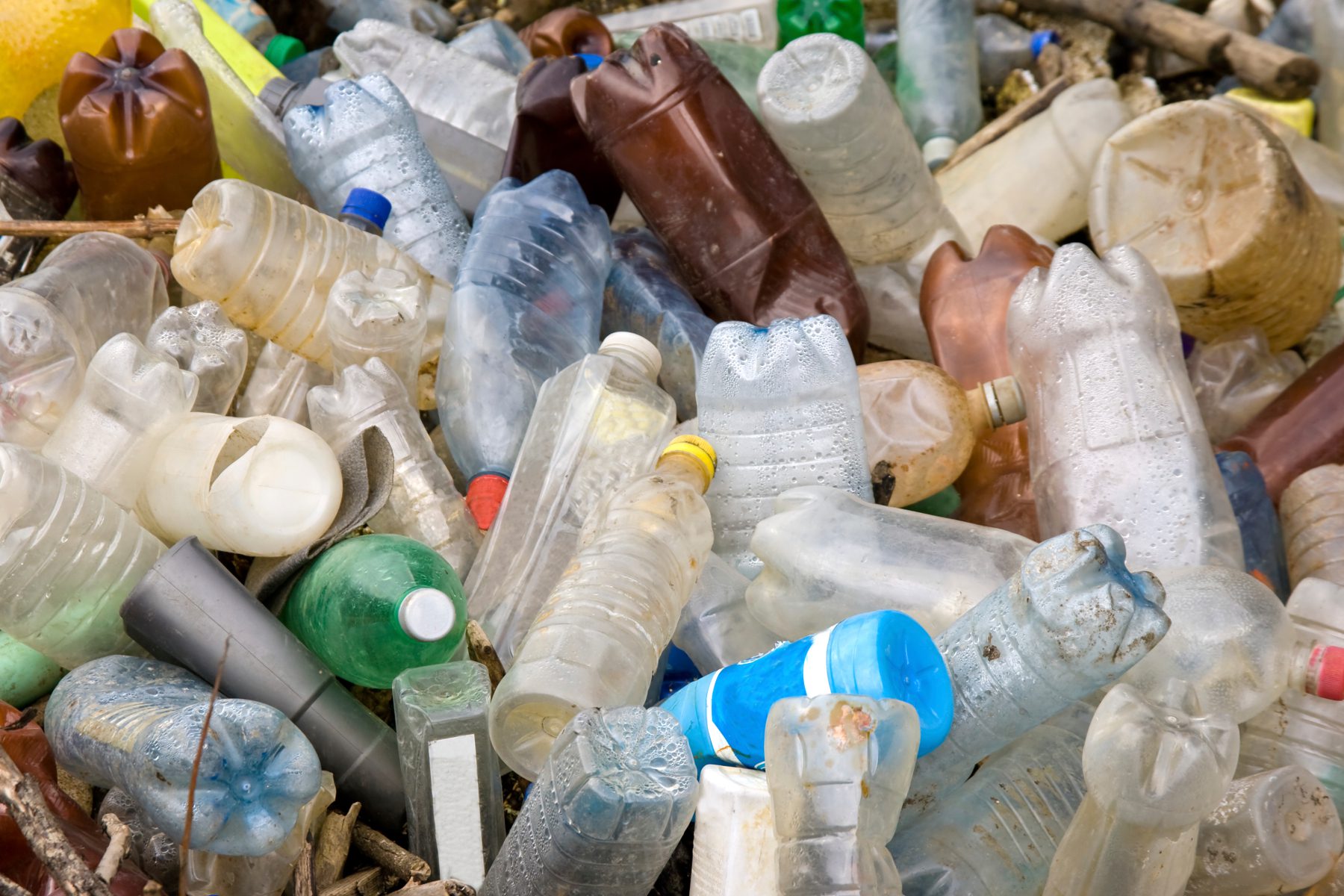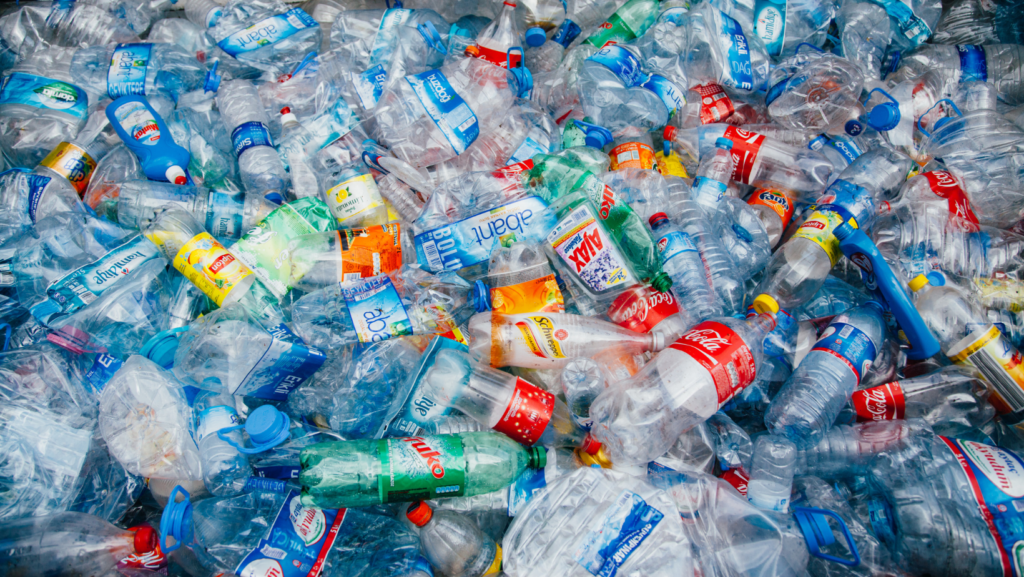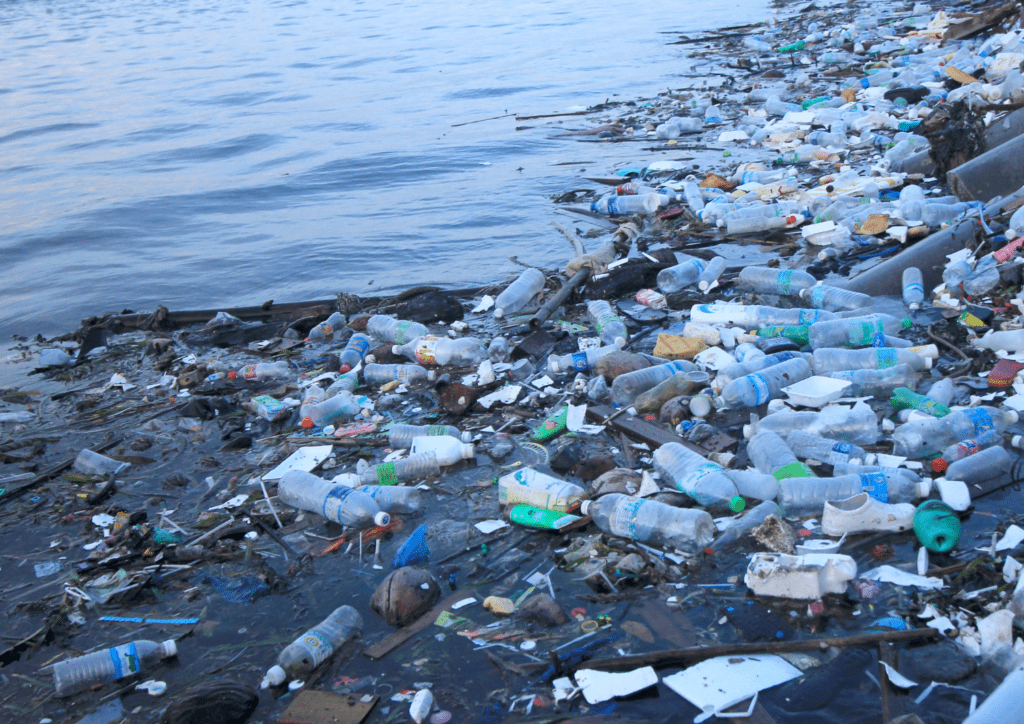In the global race to address the plastic pollution crisis, there are “must-dos” and there are “must-never-dos.” The top must-dos include reducing the amount of plastic that is made and used, and then reusing what is made many times over to avoid throwing it away.

And as for the never-dos? At the top of that list is burning plastic. We must never burn plastic waste. Even though it’s sometimes sold as a miracle cure, it’s a bad idea—for the environment and for our health.
And here’s why:
Burning plastic, or any waste, doesn’t get rid of it.
It just turns it into something else that’s often just as bad, or worse. Greenhouse gasses that cause climate change, for one thing. Dioxins and furans—cancer-causing chemicals that are produced when plastic is burned—for another.
Burning plastic may keep some of the waste from being buried in the ground. But as much as 30 per cent of it gets left behind in the form of solid ash or slag after burning. And guess where that ends up? Buried somewhere.

As for the rest: picture a garbage dump in the sky where harmful chemicals released into the environment by plastic burning accumulate. These chemicals end up in our lungs, bodies, and even in some of the foods we eat, including fish and eggs.
Waste burning is an expensive and greedy process.
Once a costly plastic burning facility is built, it needs to burn lots of garbage for the next 30 or so years to pay for itself. That means in order to stay up and running, it needs one thing: lots and lots of plastic waste. So right there, a plastic-burning facility undermines the main “must-do” to address plastic pollution—reduce the amount of plastic we make, use and throw away.
Counting on waste burning to solve the problem is like adding traffic lanes to curb congestion. It does the opposite. Adding more lanes, just encourages more and more cars to get on the road. The same is true with plastic burning. It just encourages more plastic production, most of which will still end up in landfills or littering the natural environment, even as some is shoveled into an expensive incinerator.

The plastics industry wants to pretend this is the solution so they can keep making more and more plastic. The equivalent of at least one dump truck full of plastic waste is already dumped into the world’s oceans every minute. Unless we win the race against plastic pollution, the industry will produce nearly five times more plastic each year by 2050 than it does today.
Burning plastic is *not* recycling.
Despite the term being touted by industry (and even some governments), “advanced recycling” could not be a less accurate description of what plastic burning really is. Recycling is the practice of recovering material before it becomes waste so that it can be made into something new, while reducing or eliminating the need for new raw materials. Paper, metal and glass are all materials that are recycled to avoid cutting down new trees, mining for new minerals or digging up new sand.
But it’s not so easy to recycle plastics, especially flexible ones like film, which are difficult to collect and sort. Plastics also often contain additives that make reuse and recycling unsafe. That’s why more than 90 per cent of the world’s plastic waste ends up in landfills, incinerators or the natural environment without ever being made into anything else.
And burning plastic as fuel or to make fuel is something else altogether. It’s certainly not recycling. It’s a dirty and unproven approach that’s just locking us into our dependence on plastic and fossil fuels (since oil and gas are the feedstock for virtually all plastic). We need a just transition to renewable energy, and burning plastic is not it.
CHECK OUT OUR INFOGRAPHIC ON THE PROBLEM WITH PLASTIC RECYCLING.
Instead of peddling false solutions to the plastic pollution crisis, we need to keep our eye on the prize and focus on reducing the amount of plastic made and used, and reusing the plastic we need.









